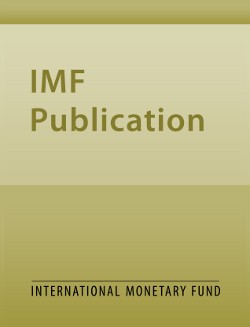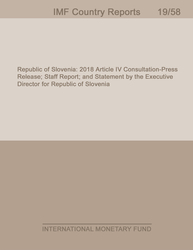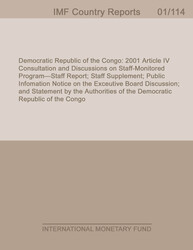
Slovak Republic: Financial Sector Assessment Program-Technical Note on Macroprudential Policy Framework and Tools
Slovak Republic: Financial Sector Assessment Program-Technical Note on Macroprudential Policy Framework and Tools
READ MORE...
Volume/Issue:
Volume 2025
Issue 090
Publication date: April 2025
ISBN: 9798229007634
$20.00
Add to Cart by clicking price of the language and format you'd like to purchase
Available Languages and Formats
| English |
Prices in red indicate formats that are not yet available but are forthcoming.
Topics covered in this book
This title contains information about the following subjects.
Click on a subject if you would like to see other titles with the same subjects.
Banks and Banking , Finance , Economics- Macroeconomics , Money and Monetary Policy , Liquidity requirements , Financial sector stability , Loans , Macroprudential policy , Countercyclical capital buffers , Credit , Housing prices , Consumer loans , Macroprudential policy instruments , Mortgages
Also of interest
Summary
Since the 2007 FSAP update, the Národná banka Slovenska (NBS) has made significant progress in implementing and advancing the macroprudential policy framework. In response to a build-up of mortgage risks and imbalances in the residential real estate market, the NBS, as the designated macroprudential authority, issued a non-binding recommendation in 2014 on loan-to-value (LTV), debt-service-to-income (DSTI), and maturity limits. These recommendations became binding in early 2017 and have been progressively tightened, including by adding a debt-to-income (DTI) limit to the regulatory toolkit. Borrower-based measures (BBMs) have been complemented by the activation of a counter cyclical capital buffer (CCyB) in 2017, supplementing existing capital conservation buffer (CCoB) and other systemically important institutions (O-SII) buffers. Authorities have also established a credit register to collect individual borrower data for households. As a member of the euro area, Slovakia collaborates extensively with European regulators on macroprudential policymaking.
Copyright © 2010 - 2025
Powered by:
AIDC



